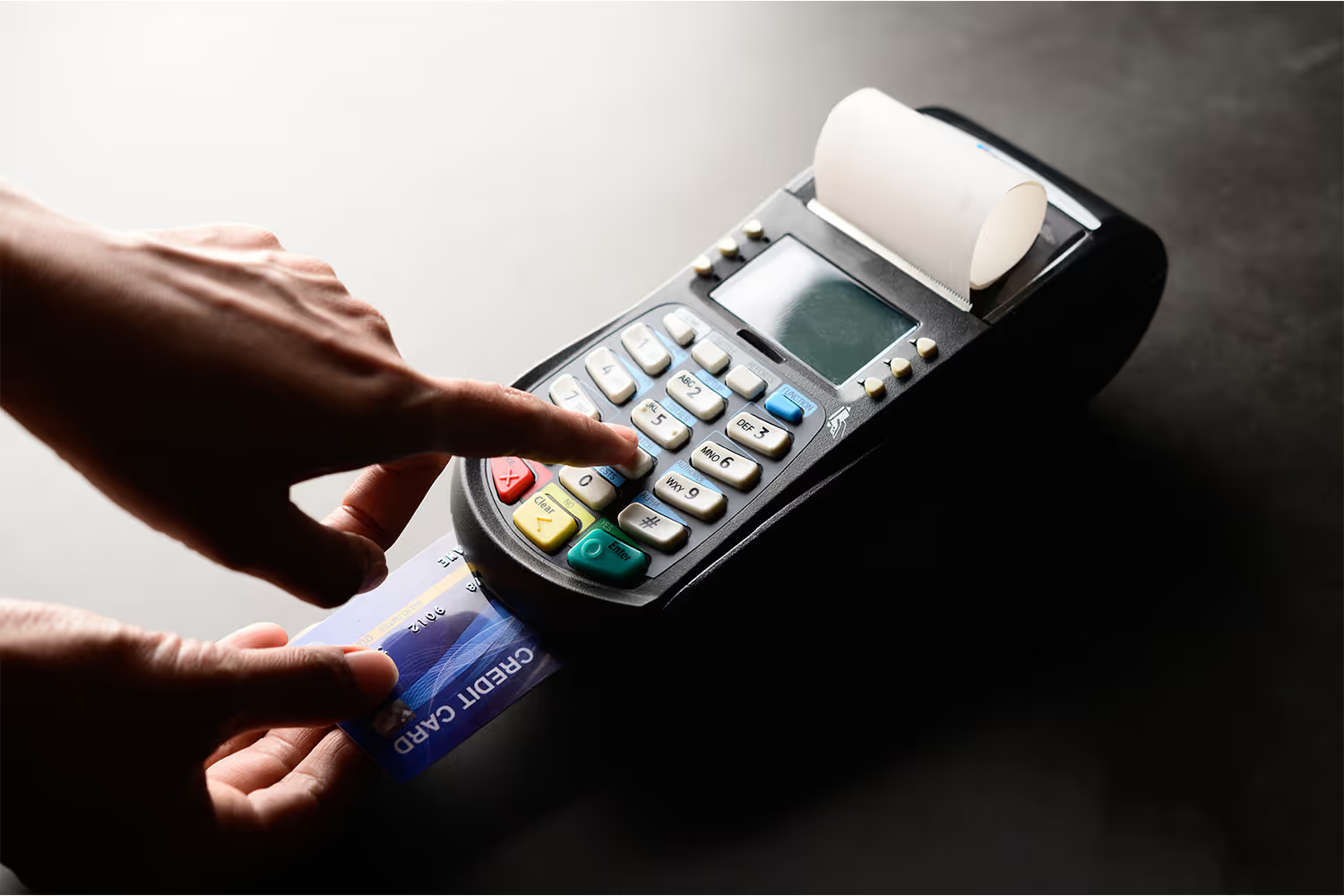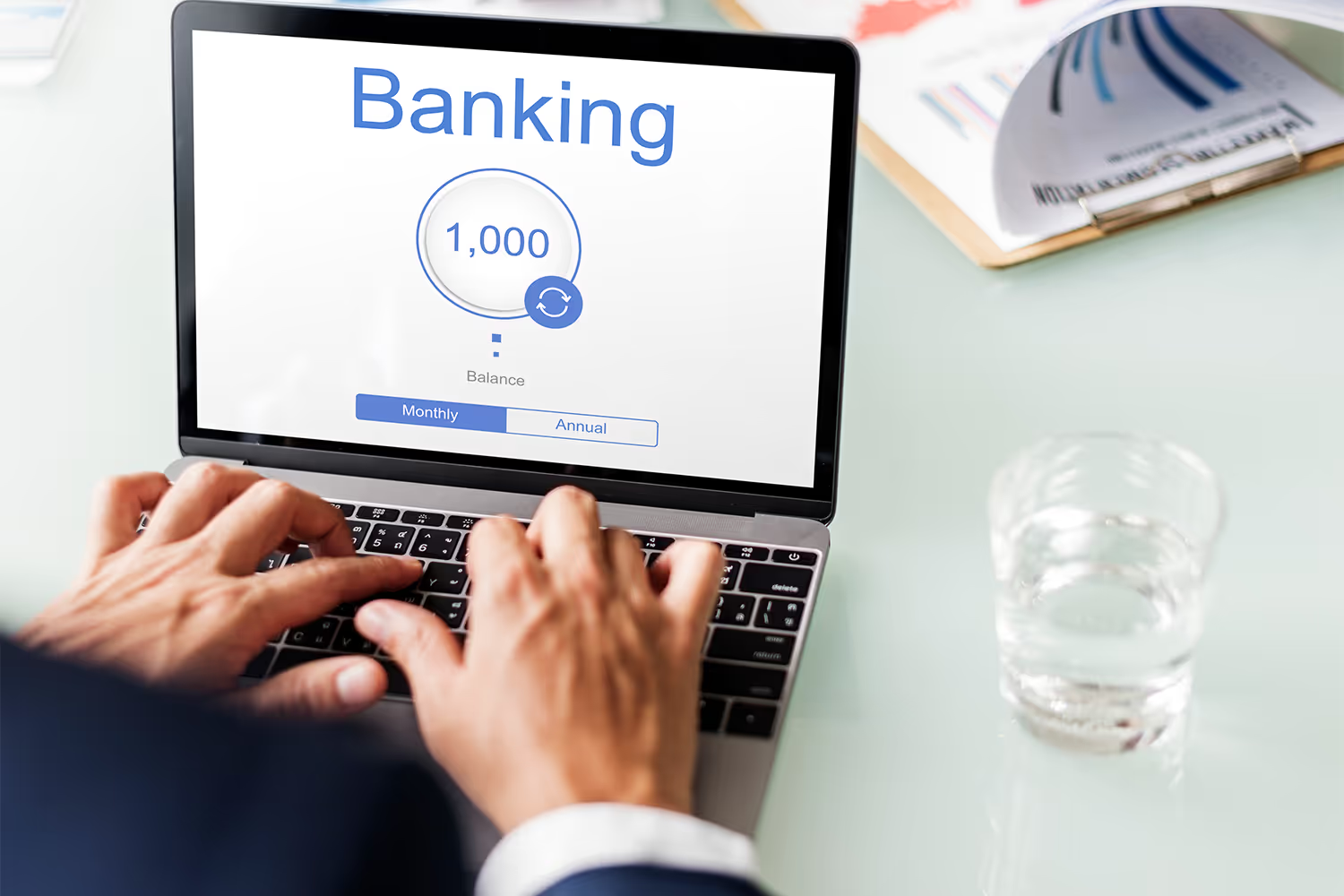
How to choose a bank terminal and documents required
If you are already analyzing the banking terminal that you will employ in your business, then you have already realized that it is necessary. That is a big step, but you probably have many doubts; How much does it cost? How easy is it to use? Does it adapt to the type of payments that you receive in your business? We created this article to let you know some factors to consider when choosing your bank terminal.
Before you make any decision, you should evaluate your situation, so here are some tips to help you make the right decision:
Analyze your type of business
You need a management system that adapts to your business. For example, you may want to enable the option to receive tips if you have a hotel, and if you have a store, you probably need a bank terminal that allows you to have multiple administrators, so that other people can receive payments on behalf of your Company.
Identifying the category of your business will help you a lot, for example: Are you in the retail sector because you have a bicycle workshop? Are you in the educational sector because you offer tutoring? Organization needs are different, so it is worth investigating whether your terminal fits yours.
Also, if you need to keep a clearer and more specific control of the products you sell, you can help yourself with an Inventory Control that many tools already have integrated. This way you can take full advantage of all the functionalities without spending more money.
Select convenience and ease of use
It is important that you can set up your banking terminal without too much technical knowledge and work comfortably. To this end, we recommend you research other people's opinions about the terminal you are thinking of buying; What if you discover too late that it is difficult to make cancellations or that you can't move around much because it is connected to a cable?
Consider these situations: for example; Do you need to move the terminal constantly because you run a restaurant? Will other people use it for sales and cancellations, and is it easy to do so or do they need constant help from the bank? Is it easy to show the data to your customer before giving him his ticket? These answers will give you an idea about the type of terminal you require.
You may be interested in reading: Mobile vs. traditional point-of-sale terminal, which one is better for you?
For example, if you are a small business that does not have a fixed location, it is better to have the mobility and freedom that this gives you. It will depend a lot on the type of business you have, so evaluate all the possibilities.
Consider cost and commissions
Consider which terminal is best for you in the long term: how much the device costs; whether you have to pay a rental fee or not; whether they require a minimum billing quota; whether they charge you for installing it in your business or whether the service is free and, above all, what commission they charge for your business activity.
Remember that some businesses such as gas stations and parking lots have low commission percentages, but other sectors such as hospitals and restaurants receive higher commissions at some banks. Think about what is more convenient for you, look for a terminal with a low but variable percentage, or a terminal with fixed commissions for any type of transaction.
Within this analysis, you should think the following: Do you accept cards from other countries? what about American Express? This also means a different commission every time you make a transaction, so evaluate this.
Check customer service
If things are running smoothly, you probably won't need to call your supplier for help. But, if you have a complication; Will your supplier offer support during extended hours? Will you be able to reach them by means other than a hotline?
Make sure your supplier is available when you need them and find out what advantages you can get from your POS system. Not only do you need to call to fix your terminal, but you could also receive training on how to use it.
Try to think about how annoying it can be to call or contact them digitally, how it makes you feel when they leave you waiting, don't resolve your question or it takes you a long time to get an answer.
Check out what documents you need
Certain institutions may ask you for documents such as:
- Articles of Incorporation.
- A copy of an official ID with photograph and signature.
- Copy of a recent proof of address of the place where the equipment will be installed.
- Copy of Tax Registration.
- Copy of the Tax Identification Card.
- Copy of a bank statement with at least 6 months old.
- Check account.
Some solutions exist, such as mobile terminals, that do not ask you for these documents to make card payments, but you do have to comply with some requirements, such as:
- Provide your full name.
- Share an email address where you can receive notifications.
- Have a mobile device to perform transactions.
- Provide the name and activity of your company.
- Add a CLABE account to receive your payments.
Find out what other advantages you will get
As well as receiving card payments, there are several advantages of having a terminal. With traditional terminals, you can keep everything in the same place and with the same company, i.e. your account, your terminal, your cards, and in some cases, you can access a loan that will allow you to grow or improve your business.
With mobile terminals, you will get extra products for your business that could give you an advantage over your competition. One of the things you could get is the possibility of charging remotely, by sending a payment link. This way you could close deals remotely and accept credit, and debit cards and even apply months free of interest.
Also, they give you the opportunity to offer phone recharges to your customers with the most important companies in Mexico. The advantage of some terminals such as Clip is that you do not need to invest in phone credit to offer it, the only thing you will receive are direct earnings to your pocket or the possibility of reducing commissions.
There is also the possibility of having your own account in which the money is transferred to you in less than 24 hours, depending on the terminal it can go from 1 to 12 hours, but some are only transferred in internal accounts and others are more like an account in which you can have your money at any time.
Advantages also come with possible loans, because fintechs will be able to see how much money is entering into your account, so they see the opportunity to offer you an advance for the money you are about to receive. Finally, one more option is that you can create a completely digital and free catalog to share it with your clients.
In conclusion
We recommend that you research several options, compare their features and seek the opinion of others; You may even ask for the guidance of a professional. Remember that, in the end, the bank terminal is also a tool for your business success.
If you are looking for options, Clip is a solution for accepting credit card, debit card and grocery voucher payments from your smartphone or tablet. In addition, it includes extra services such as the option to offer phone recharges without the need to make an investment, keep a better control of your inventory with the Catalog and the security that all your transactions are protected.
Finally, with Clip you receive a 24-hour assistance 365 days a year. No matter if it is a holiday or a weekend, you can always call and get an answer to solve your problems. Likewise, all your transactions will be received 24 hours after they have been made, regardless of the day of the year.
You can get your Clip Wallet that will allow you to separate your money from your business and receive transactions in 4 hours or less. Besides, you could have access to a loan to improve your business, grow your inventory or whatever you need most.

As a leading fintech company, we are frequently under the spot.
Go to Clip in the news*Spanish content only
By clicking Subscribe you're confirming that you agree with our Global Policy.


Explore our current positions. Your next job could be around the corner.
Go to careers


.avif)


